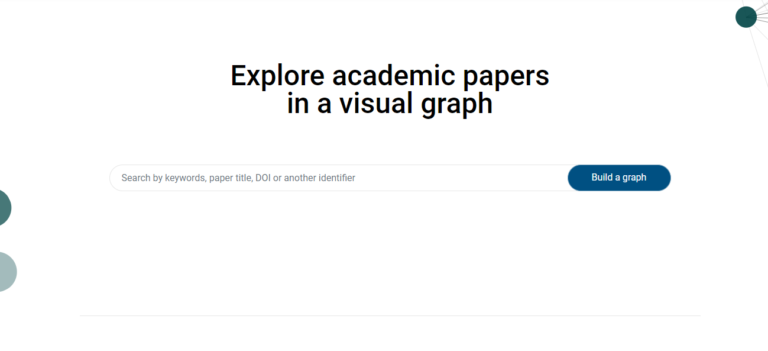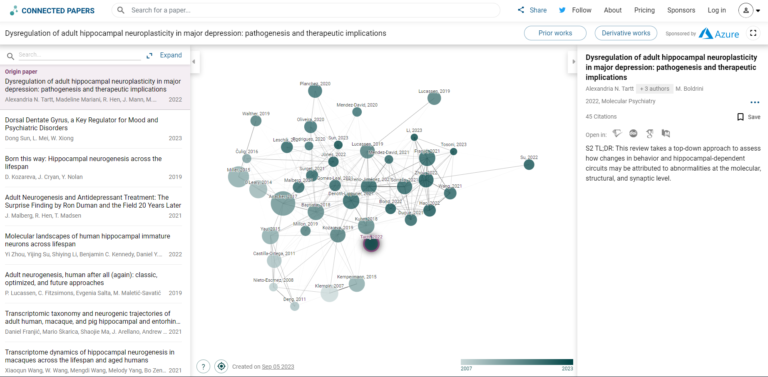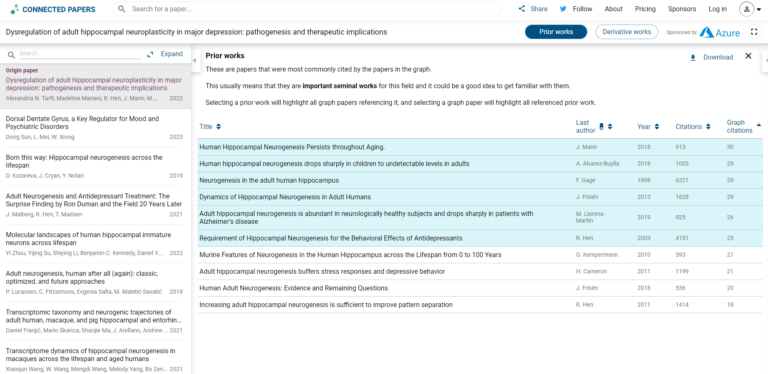Introduction
In the vast realm of academic research, staying up-to-date with the latest developments and finding relevant papers can be akin to searching for a needle in a haystack. Traditionally, we have to spend hours scrolling through Google Scholar or scouring research databases like EBSCO, relying on keyword searches to unearth relevant articles. It’s a tedious and often frustrating journey of trial and error.
Fortunately, tools like Connected Papers have emerged to automate this daunting task, making it more manageable. In this article, we will delve into the inner workings of Connected Papers, shedding light on how it connects the dots in the world of scientific literature.
Analyzing a Sea of Knowledge
Connected Papers operates by analyzing a staggering order of approximately 50,000 papers, extracting the essence of knowledge encapsulated within. It then carefully selects a few dozen papers that share the strongest connections with the origin paper, creating an intricate web of information.
How to use connected papers:
1. Submit an Initial Paper

On the home page, enter one of the options to identify your origin paper. You can use a DOI, the paper’s title, author etc. Then click “Build a graph”.
2. The Interface

On the following page, you will see three panels. We will look into the details of the other panels later, let’s first concentrate on the graph 9middle panel). In this visual representation, each node corresponds to a research paper associated with the initial paper based on their similarity.
3. Explore Papers

You can browse through papers on the left panel and expand the section. Whenever you click on a paper, it will be visually highlighted on the graph. Alternatively, you can navigate the graph (middle section) by clicking on specific nodes, which alsos update the right-side panel with additional details about the chosen paper.
Two buttons on the top right corner enable you to explore papers not currently displayed on the graph but likely relevant to your chosen topic.
Prior Works: These are research papers that were frequently cited by the papers featured in the graph. This usually means that they are important seminal works for this field and it could be a good idea to get familiar with them. Selecting a prior work will highlight all graph papers referencing it, and selecting a graph paper will highlight all referenced prior work.
Derivative Works: These are research papers that have cited many of the papers in the graph. This usually means that they are either surveys of the field or recent relevant works which were inspired by many papers in the graph. Selecting a derived work will highlight all graph papers cited by it, and selecting a graph paper will highlight all derivative works citing it.
Connected Papers is not just a tool; it’s a gateway to the vast universe of scientific research. By harnessing the power of similarity metrics, intuitive visualization, and an extensive database, it empowers researchers, students, and academics alike to navigate the intricate web of knowledge with ease. So, the next time you find yourself lost in the labyrinth of academic papers, remember to visit Connected Papers.
